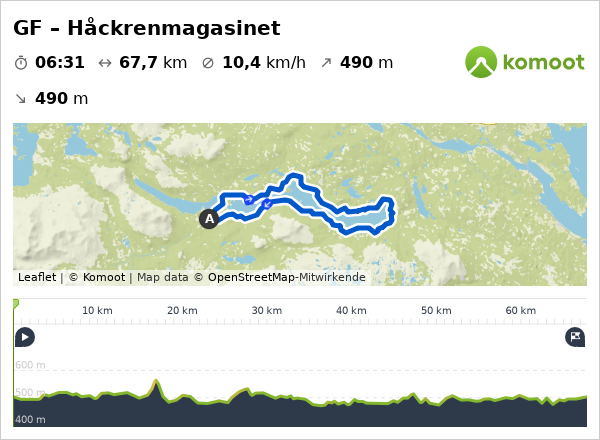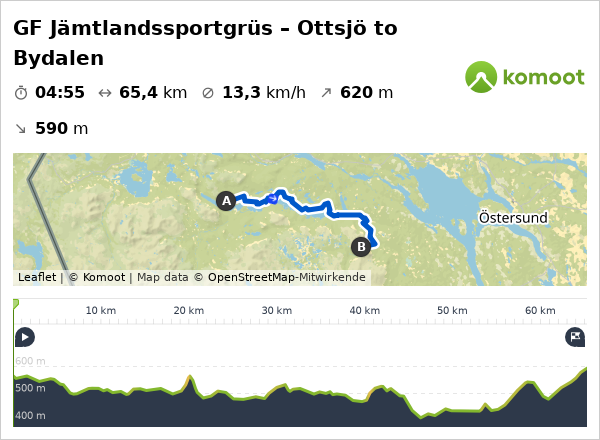Heading north for the summer may sound slightly odd, but the draw of horizonless, beautifully mapped Swedish gravel was more than enough to convince GRAN FONDO to break the mould.

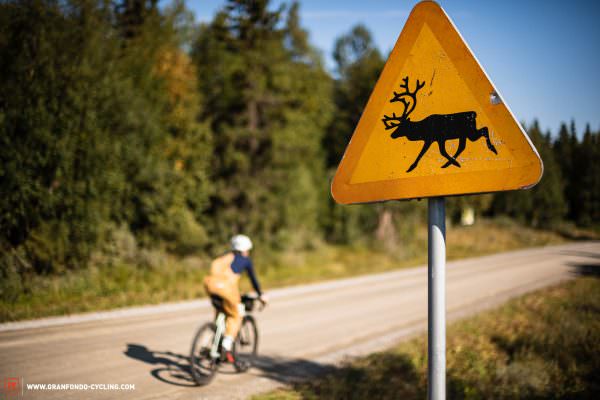

We round another corner on the seemingly endless line of mind-blowing gravel that we’re riding, stones softly ringing on the frame. Before us is another roller, a wave within the rich gravel ocean we’ve been surfing for hours. As the gradient bites, reducing our speed from the 38 km/h at which we’ve been rocking along down to 12 km/h, we push on in silence. The climb is short, but enough to let our legs know that this is but one of the endless ups and downs that all the gravel roads hold in this area. We’ve been at this for almost four hours and seen no-one. The forest surrounding us is like a cosy blanket, periodically opening up for us to view the amazing mountains – the fjälls for which this area is known. There’s a strong smell that’s uniquely Swedish, a mixture of the sweetness of Silver Birch and the deepness of damp vegetation. This isolation gives us a sense of both amazement and trepidation: our decision to spend summer in the north is paying off with some of the best gravel riding Europe has to offer, but we can’t quite get rid of this thought at the back of our heads that if something was to go wrong now, we’re quite a distance from anything and anyone.
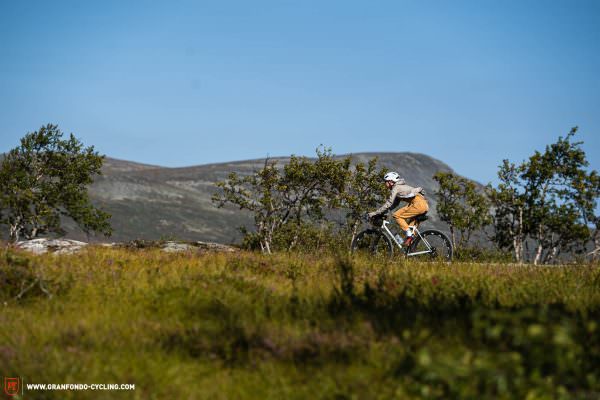

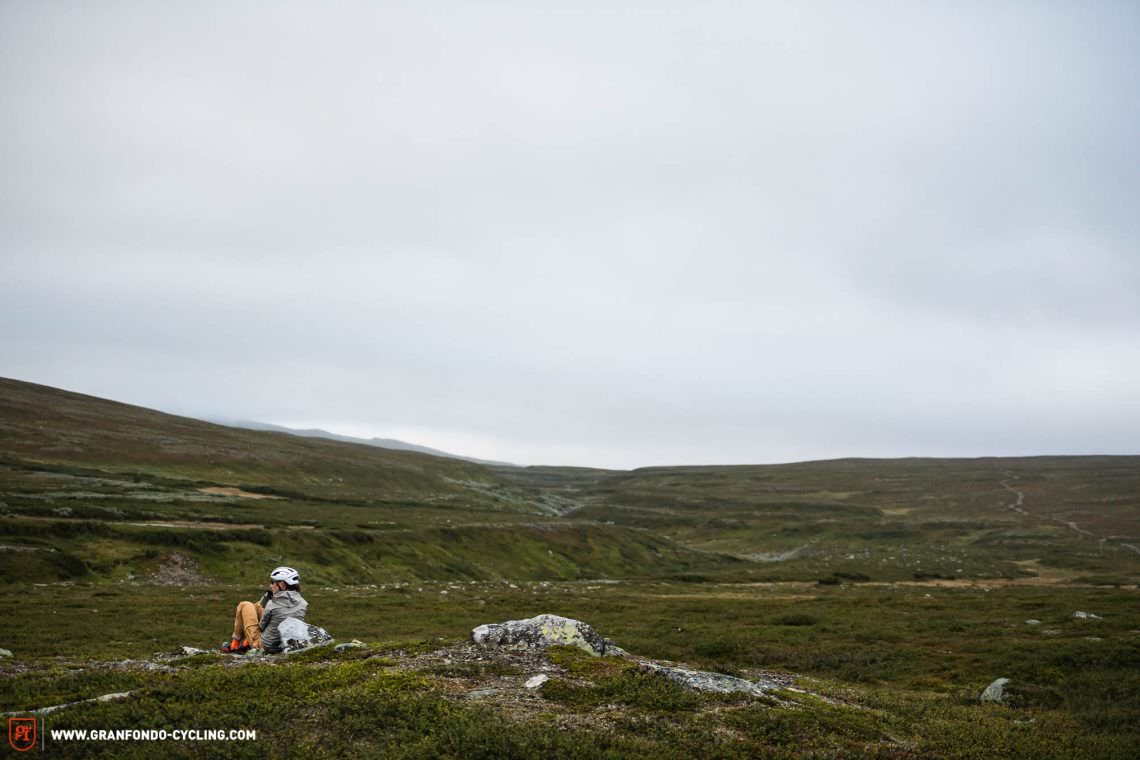
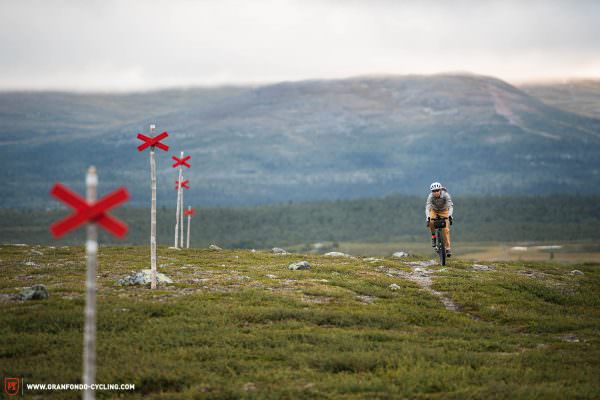
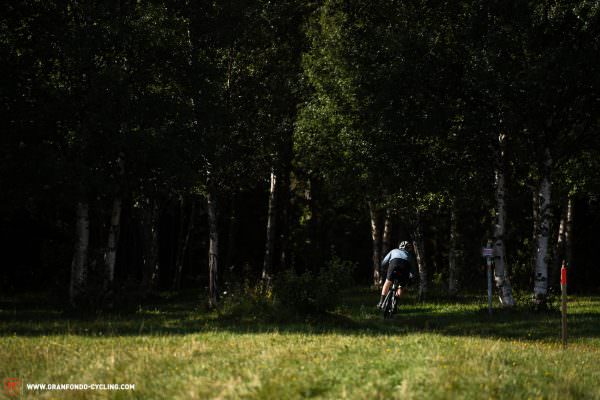
For many, summer is about travelling south, but as seems to be the trend for gravel riders, we’re keen to walk away from convention in the hunt for new places to ride and fresh experiences on two wheels. Heading to Jämtland in northern Sweden for an adventure appealed to us. Our friend sold it to us: ‘This place could easily rival Kansas’ Unbound, just colder.’ That was it, we were in. With its sparse population (2.6 inhabitants per square kilometre), dense forests and impeccable mapping, Jämtland had the potential to serve up some of the best gravel riding in the world.

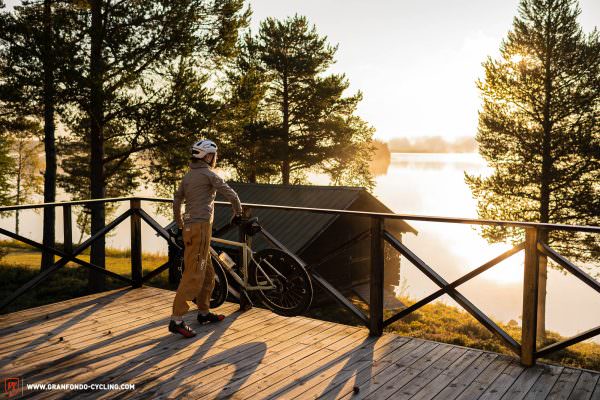
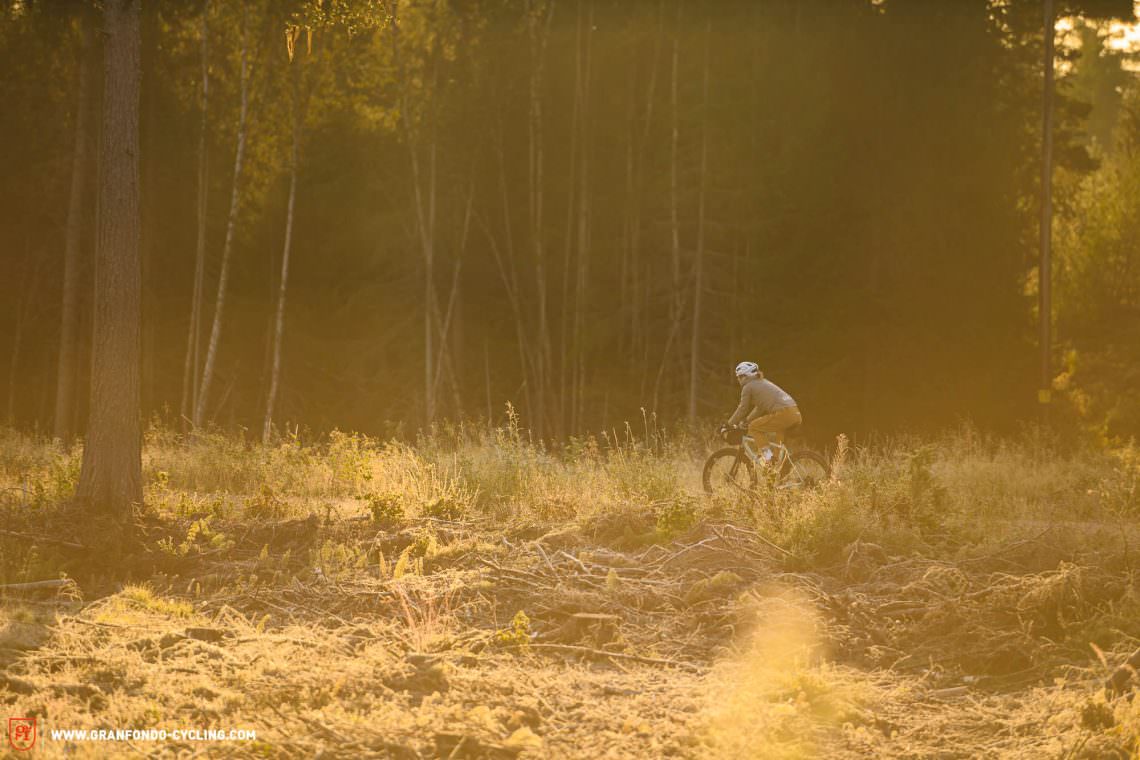
As a region, it sits pretty much in the middle of this long country. Those living in the South see Jämtland as the North, but for locals it is just a gateway to the North – there is still a lot of the country left above this area on the map. It is considered the heart of the so-called Swedish Alps, thanks to the presence of the iconic winter resort of Åre, arguably the number one downhill ski location in Sweden. From the border with Norway, our adventure would cover almost all of the region, crossing to Östersund in the East, the nothingness of the North and southwards down to Sweden’s highest gravel road, Flatruetvägen (not technically Jämtland, but the tourist boards of Jämtland Harjedalen are tightly knit).
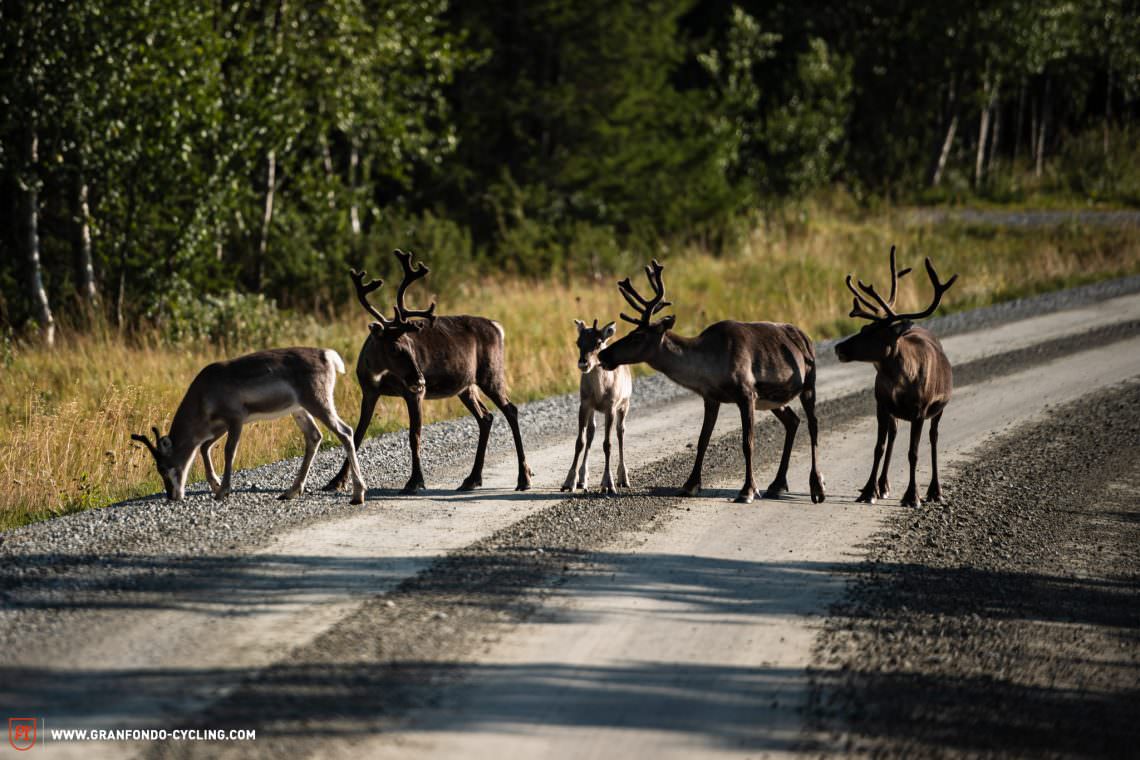
It’s the picture-perfect place to live out the Scandinavian ideal of friluftsliv – an outdoor lifestyle – where camping out and cooking local produce over open fires is a part of the routine over the summer months. From hiking to biking, summer in Sweden is all about moving through the landscape and leaving little trace. And if there’s one person that could teach us how to ride the gravel like a local, it’s elite gravel racer and world-class skyrunner André Jonsson, who calls this vast area of forests criss-crossed by gravel roads his home.
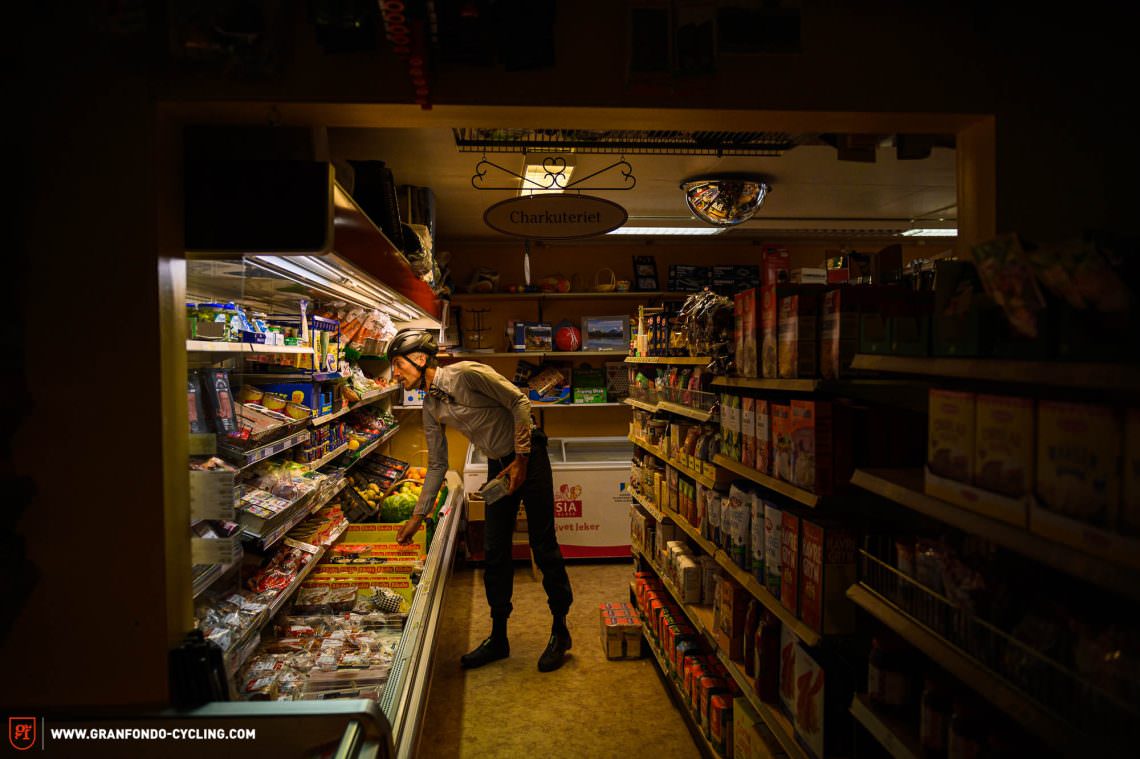
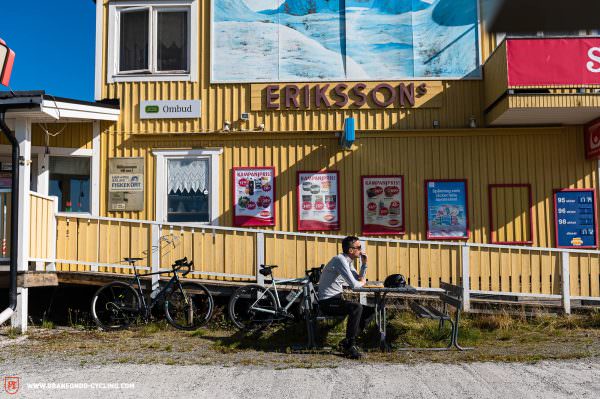
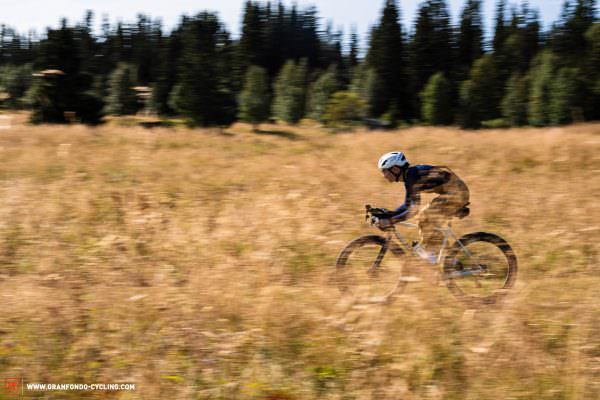
The frustrations of Brexit
André didn’t just share routes and insider knowledge – he also lent us his winter bike. The adventure had begun with Brexit-related bike issues: Stayer, the London-based wheel and bike brand, were lending us two of their new gravel bikes for the trip, but because of the turbulent exit from the EU, one bike got blocked in customs. And with gravel rental in its early days here (Åre’s summer trade focuses on full DH rigs for their world-renowned bike park), we needed a bike quickly – and it surely helps to know the locals.
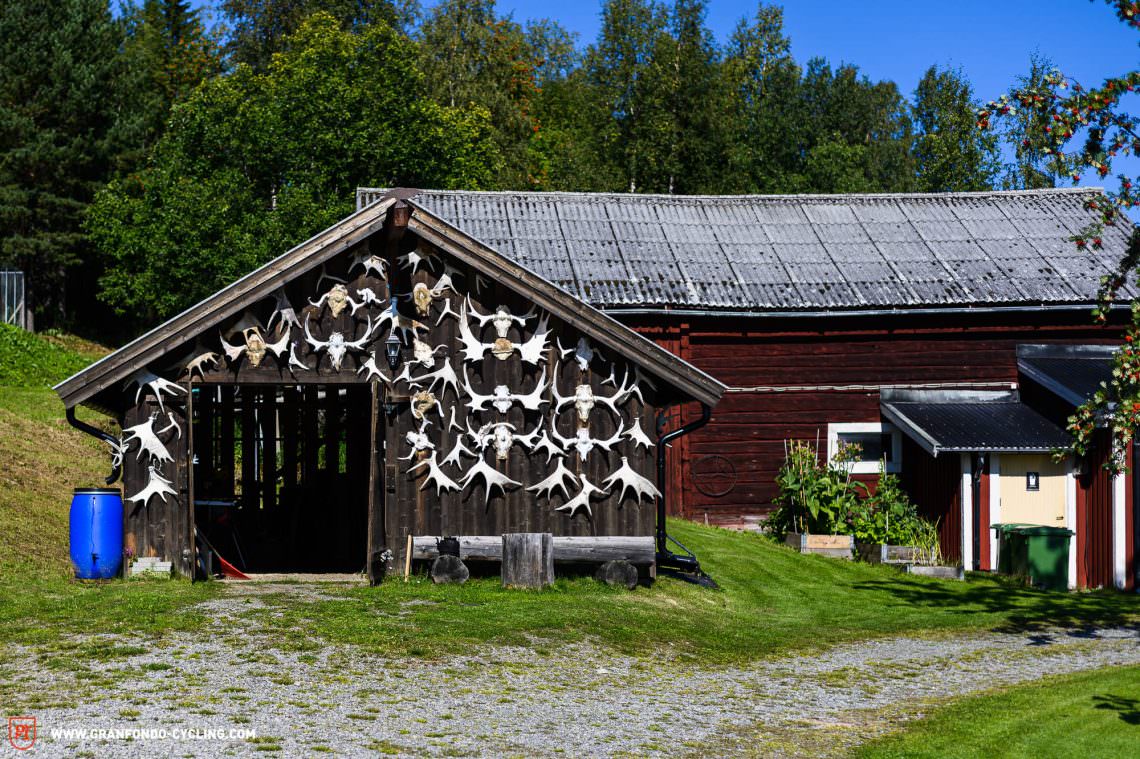
A thank you to the hunters
The first thing to know about gravel in this area of Sweden is that there are two pretty distinct landscapes that you’ll come across: kalfjäll and skog. Thanks to the cold winters and sparse population, there is a lot of space, which is mainly filled with forests, or skog in Swedish. These dense forests are the beating heart of the ocean of gravel found here, covered with access roads for moose hunters – an amazing byproduct of a somewhat debatable tradition. Then, as the rolling mountains get higher, the treeline fades out into a fjäll, a mountain landscape known as kalfjäll when it’s fully above the treeline. From around 800 metres and upwards, once you’ve exited the forest and its sniper roots, the horizon opens up and the land turns barren, visibly battered by winter. For cyclists, this is a much more challenging area to ride through, covered in bogs or rocks that obscure the narrow hiking tracks. You need some expert map reading skills or insider knowledge to know what is rideable – and a healthy dose of steezy skills to get a gravel bike through these areas.
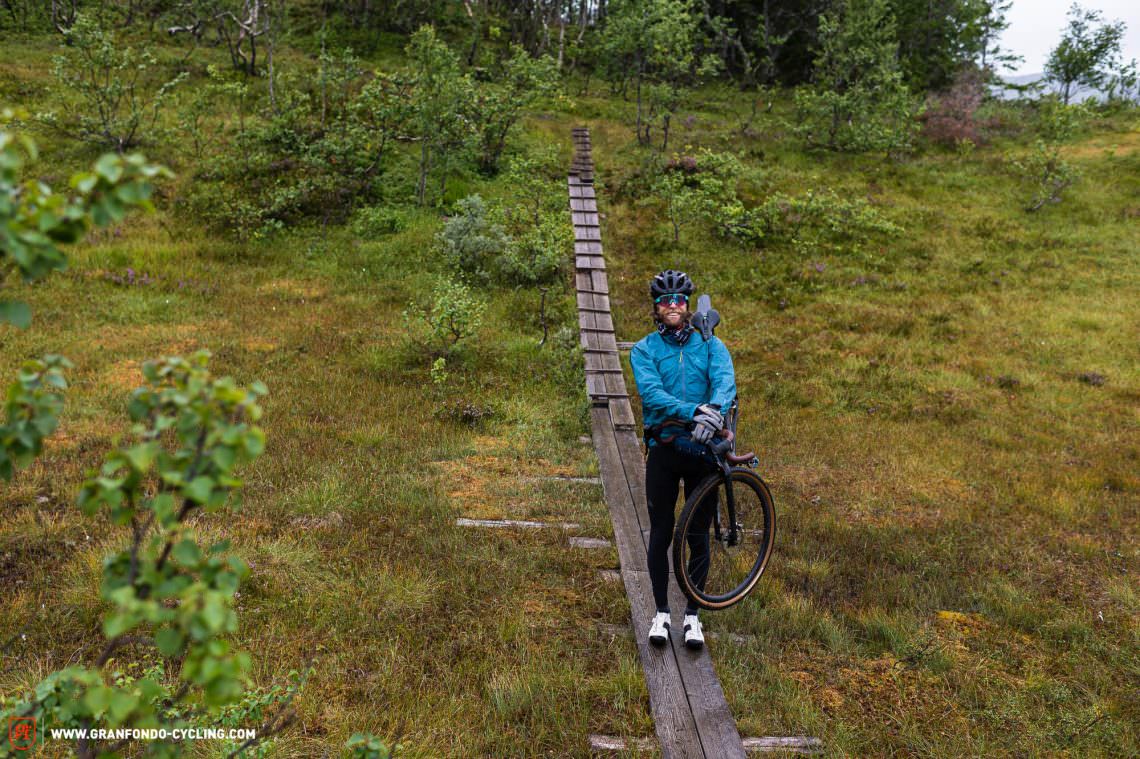
This is where André came in again. As a world-class trail runner-slash-pro-gravel rider he was the person whose line we wanted to follow. We met him for a ride near his home in Storlien, a stone’s throw from the Norwegian border. ‘There is always an adventure element on every gravel ride here. At first, it doesn’t look like many routes link up, so you tend to look at gravel roads that are close by and then do a bit of bushwhacking or ride some trails to link them up,’ Andre comments, giving a relaxed shrug. He’s been pushing the boundaries of gravel in this area over the past few years, taking on some eye-watering distances. We get first-hand experience of how best to cut through the deep forest to link up pieces of otherwise dead-end gravel – there’s something of an art to picking a line through the undergrowth.
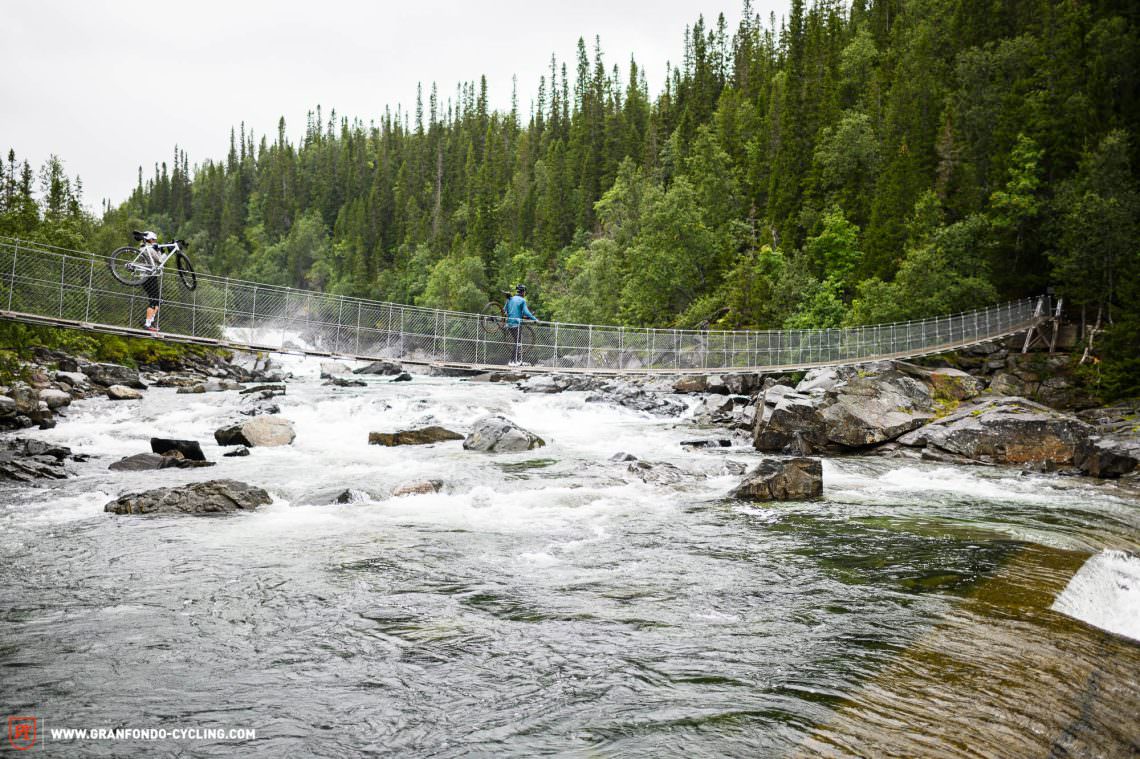
This would be the second thing to know about gravel here: once your basic route is planned, you need to be prepared for some hike-a-bike sections if you go off-grid. (FYI: most of the riding here is off-grid if you’re using komoot). Joining gravel roads is all part of the adventure, but don’t go into it blind. When the map shows a boggy section, chances are you will get wet. Swedish forests are not overly dense, but with a bike on your shoulder it can be slow-going. Embrace the adventure, because these shortcuts of just a few hundred metres at times can save you many hundreds of kilometres.
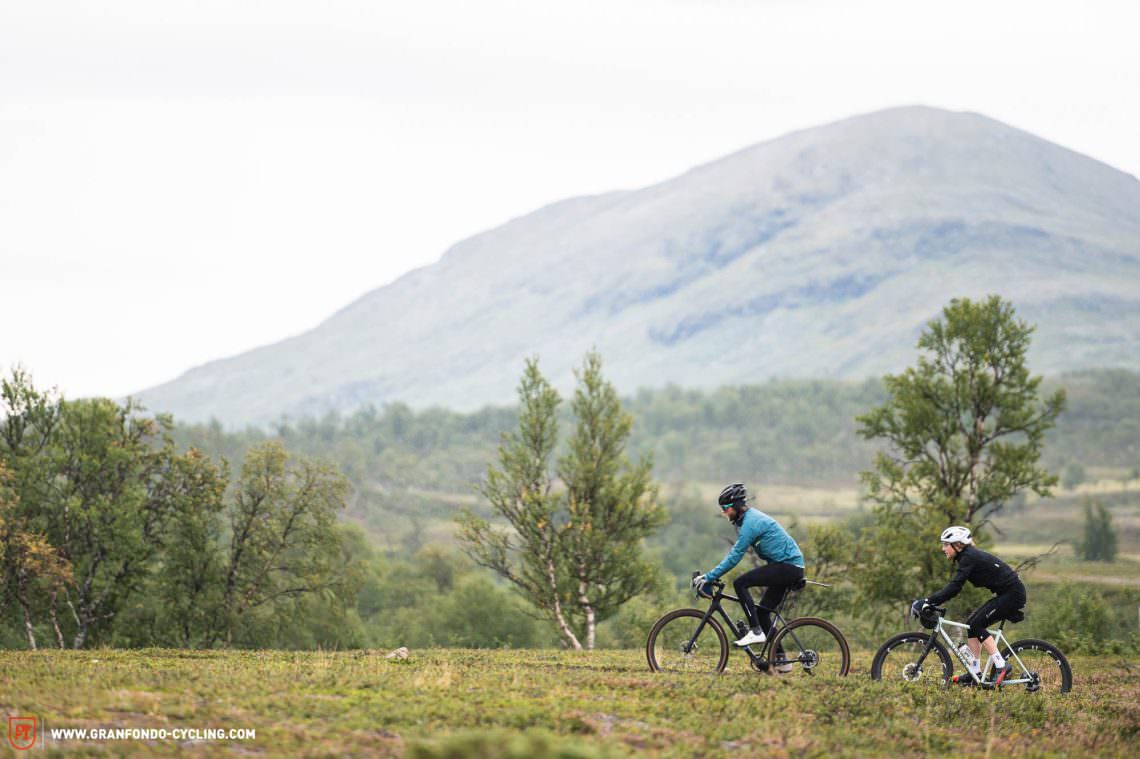
A Swedish mile
Swedes typically rely on their national form of measurement: the Swedish mile. Because the country is so long (if you turned it 180 degrees on its most southern point it would reach down to the tip of Italy), they lump kilometres into tens to make a Swedish mile. While arguably more aimed at long distance lorry drivers carting timber (you probably won’t see many of these unless you’re on the main roads), this is also relevant for gravel riders: for example, one route that we took cut across a fjäll from Bydalen to Glen with 12 km of hiking trail. Had we taken the regular route, it would have been 15 Swedish miles, or 150 km if you’re keeping count. This leads to point three: routes tend to be big here. Which means that considering the sparse population and often inclement and hugely changeable weather, you need to be prepared in both an equipment and mental sense. Once you are out, you’re committed. But don’t let this put you off. It’s all part of the fun.
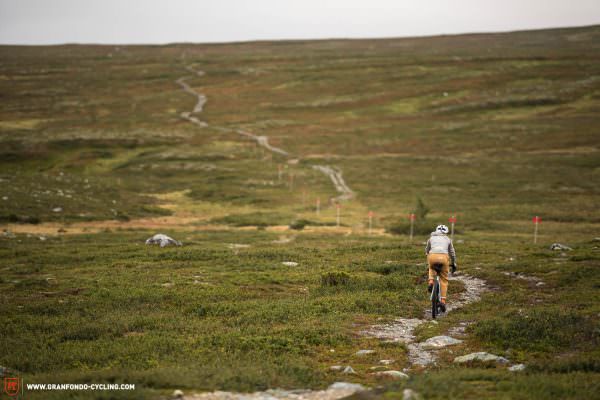
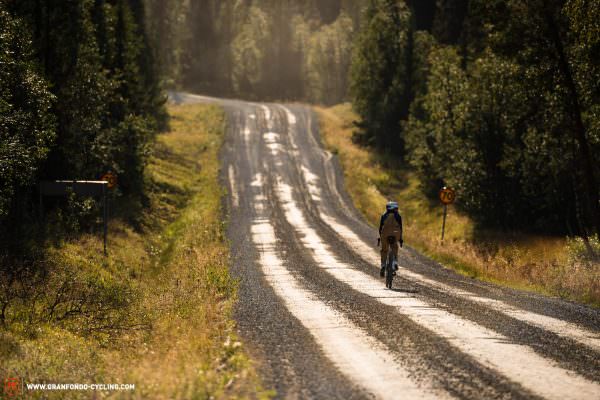
Perhaps we’re not selling it too well. Perhaps the tourist board wouldn’t market Sweden as an ocean of gravel and you may not want to venture out into its vastness on your own. But we’re not the tourist board. And we love it. You just plan differently. Big loops and epic multi-terrain rides are great, but so are the short spins, where you just fill in the gaps on your map and accumulate riding knowledge close to where you’re staying. From our base in Ottsjö in the Södra Årefjällen, which runs from Undersåker in the north to Vålådalen in the south and has a permanent population of only 500 people, we endeavored to ride every single gravel track going. It meant a lot of time scouring the map and a lot of dead-ends. But with a landscape as vast and scenic as the one found in Jämtland, even an out-and-back still gives you a variety of views that make it worthwhile – plus, with the forests as thick as they are here, you truly feel the escape, even on smaller rides.
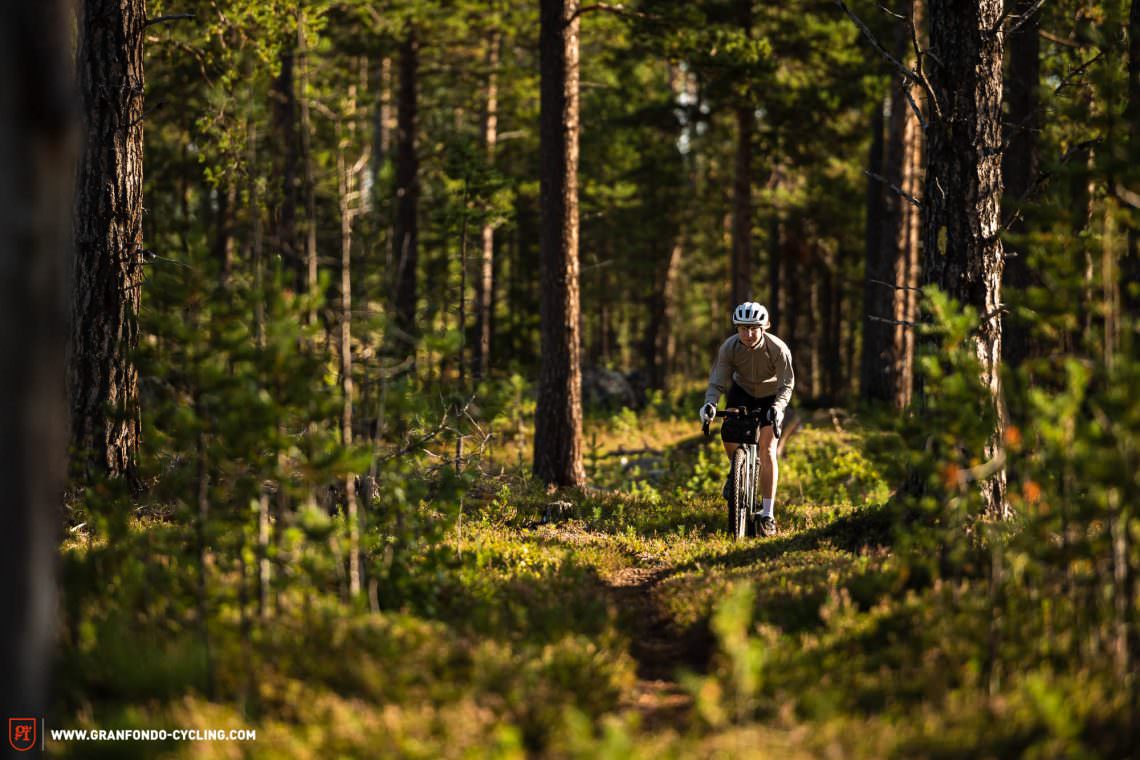

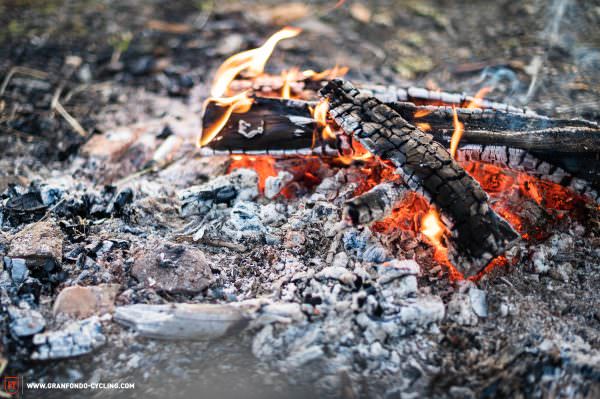

Space that drives creativity
It’s a dual world out here. On the one hand, it’s all open spaces and isolation, whilst on the other, there is creativity unbound – from culinary concepts to young gin makers, cocktail masters and the design scene, there’s a buzz. New business ventures are welcomed enthusiastically alongside true bastions of the outdoor industry that originate here: Trangia, Lundhags, Klättermusen, Haglöfs, Peak Performance and Houdini to name but a few. Without any proof to back up our claims, it’s hard to say why creativity is so densely focused here. Perhaps it’s because Jämtland sits at a cultural crossroads, where the landscape provides the ultimate testbed for outdoor gear and the population’s close bond with the outdoors has resulted in something of a deliberate break from a modern fast-paced and connected lifestyle. Is it because of its relative isolation that people lean into creativity over connectivity?
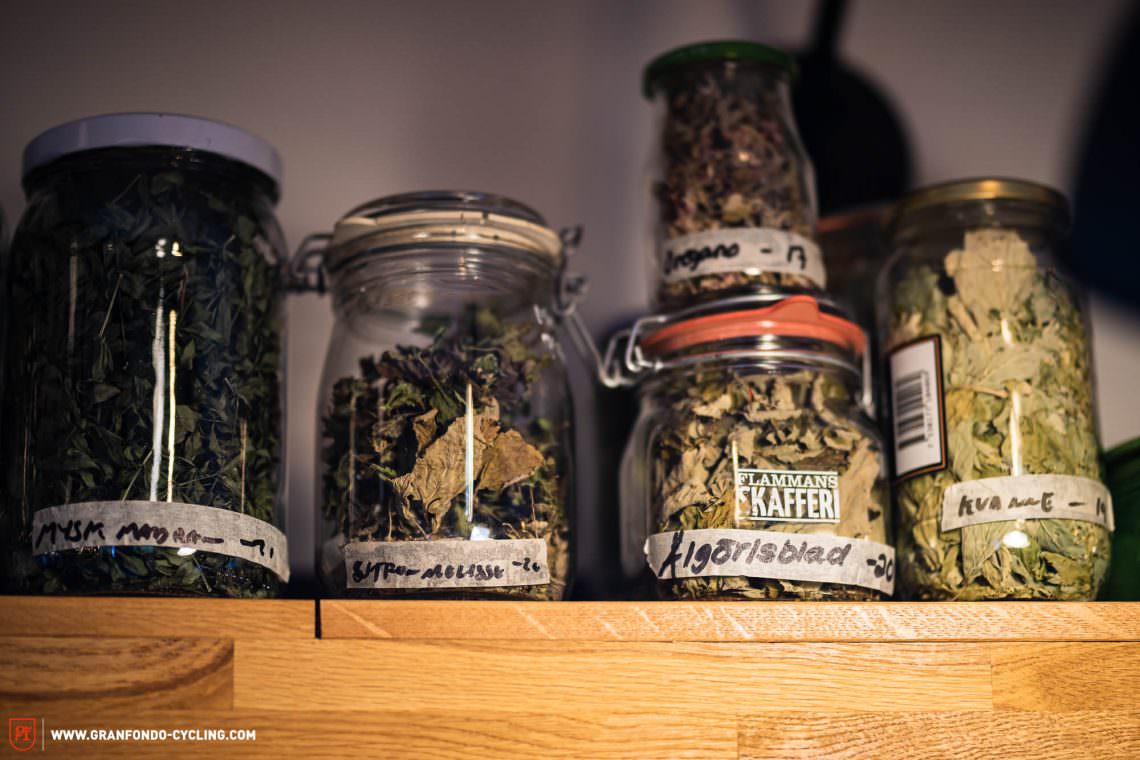
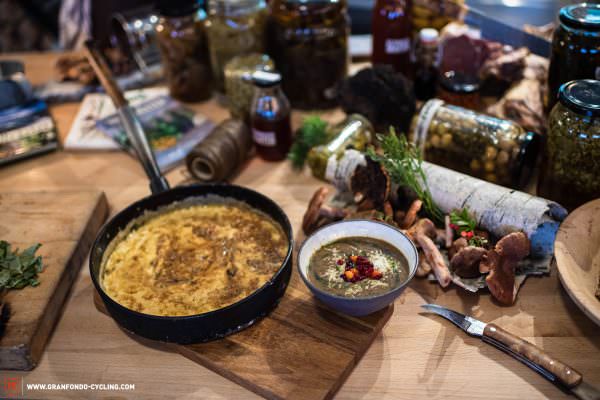

Or maybe it’s something in the food, which is eaten outside whenever possible, with every plateful assiduously following the seasons. From where we’re stood, Sweden appears to have brought up a nation of foragers that have learned to live alongside nature. There’s even a government policy to promote small-scale gourmet food production in rural areas, of which this is certainly one. Magnus Nilsson, the famous chef you’ve probably seen on Netflix’s “Chef’s Table”, is from here and used to run Fåviken (potentially one of the most acclaimed Scandi restaurants ever) just over one of the best gravel climbs from Åre. Treading a similar path, but with her own creative style on the plate, Lena Flaten runs Flammans Skafferi in Storlien, offering an antidote for anyone fed up with husmanskost – or everyday cuisine – which makes it a must-visit for gravel purposes. If you’re riding through, try the sourdough pizzas with unconventional foraged toppings throughout summer and a medley of flavours that capture everywhere you’ve just been riding on your palate. For Lena, running a kitchen like this is an opportunity for experimentation and a place that she hopes will inspire others to treat nature with the same reverence as she does through her cooking. Over an open fire, we tuck into a delight of baked cream with a touch of Norwegian brown cheese, followed by candied angelica (We didn’t know what it is either, but we’ve now planted this versatile herb in our garden).



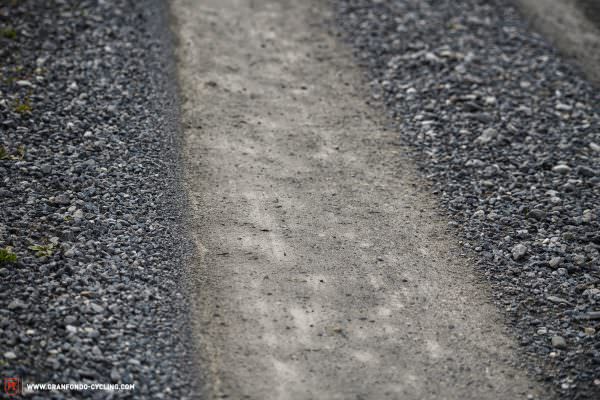
The importance of maps
Back on the bike and heading back towards Åre, we realise that no matter how much we zoom in on our Wahoo, the mapping function remains stubbornly unhelpful – no line to follow. Nada. While modern methods, such as Strava Routes or komoot are, of course, favoured by cyclists in places where there’s typically more traffic of all kinds, real paper maps still have major traction in Scandinavia. So, while you’ve got your map spread out over the table, there’s a website that you’ll want to have open at the same time – Grusvägskartan. This ingenious map showing all the gravel roads in Sweden was created by rider and avid adventurer Johan Johansson, who works for the Esri Sweden. Put together with a friend over a day during the initial Covid lockdown, they borrowed technology from their day-to-day work to create a concentrated latticework of orange lines that cover the country like a network of gravel gold. Right now, there’s no option for route-planning, but Johan is optimistic in terms of development and keen for people to explore and adventure – that’s precisely why they made it, he explains. Until then, scouring multiple maps is all part of the adventure.

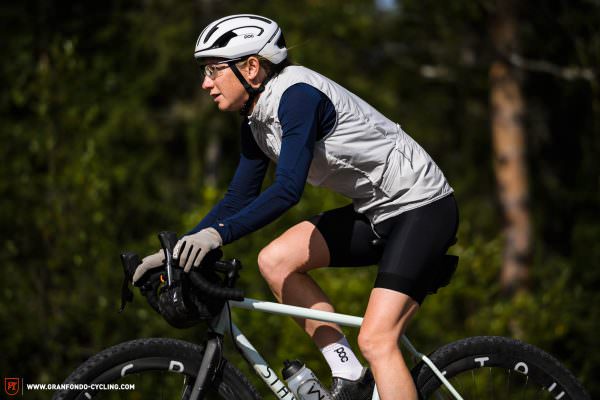
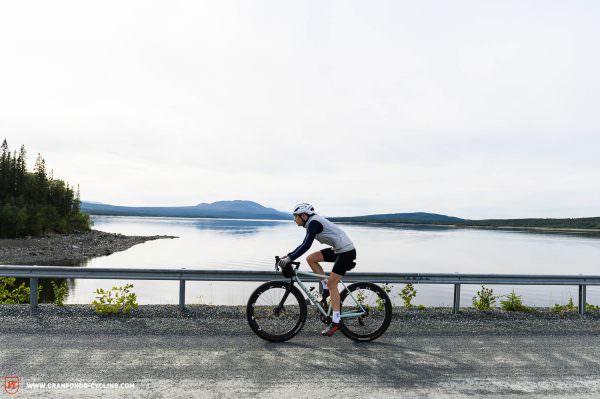
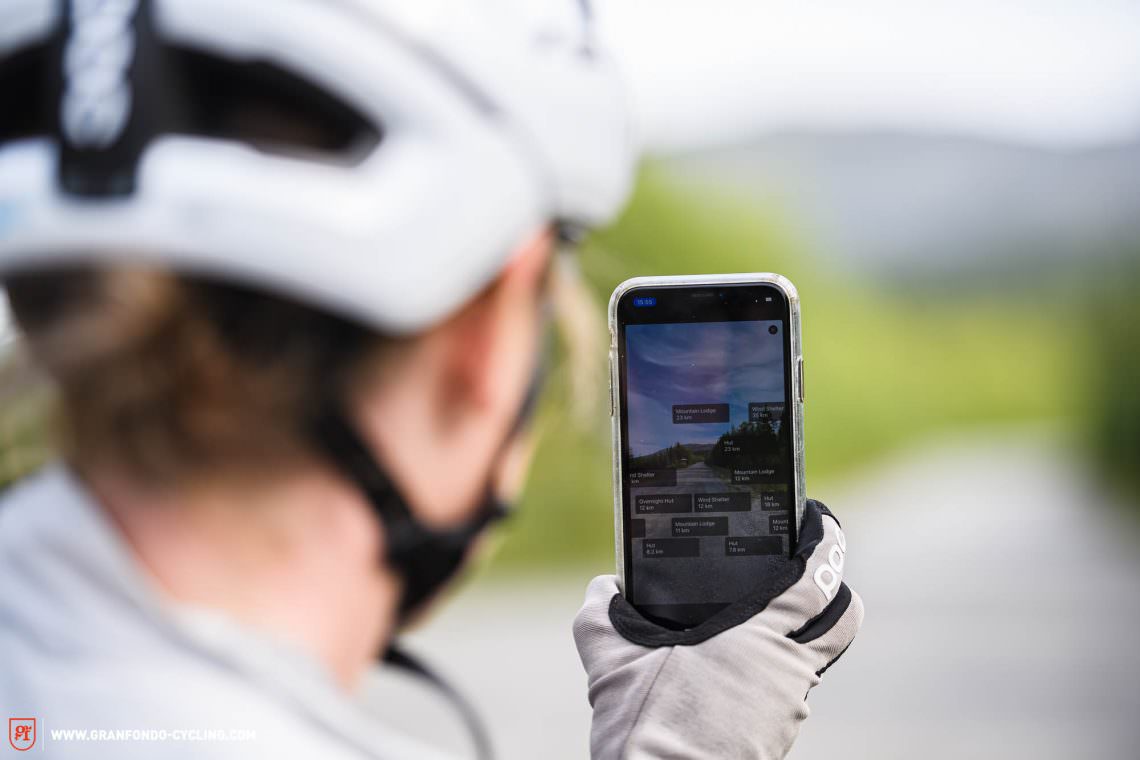
Meeting the locals
With your route mapped out, you’re ready to ride. One thing that you will most likely come into contact with on the gravel roads – as they easily outnumber other humans – are wild animals. From moose to a multitude of wild birds right through to farmed reindeer, these are the locals that merit respect. Stop, stay calm, and allow them time to wander on their way. Moose are big – think really big – so you wouldn’t want to hit one, and reindeer are owned and farmed animals that you’ll take by surprise. Late spring is calving time, so take care not to come between a cow and her calf.
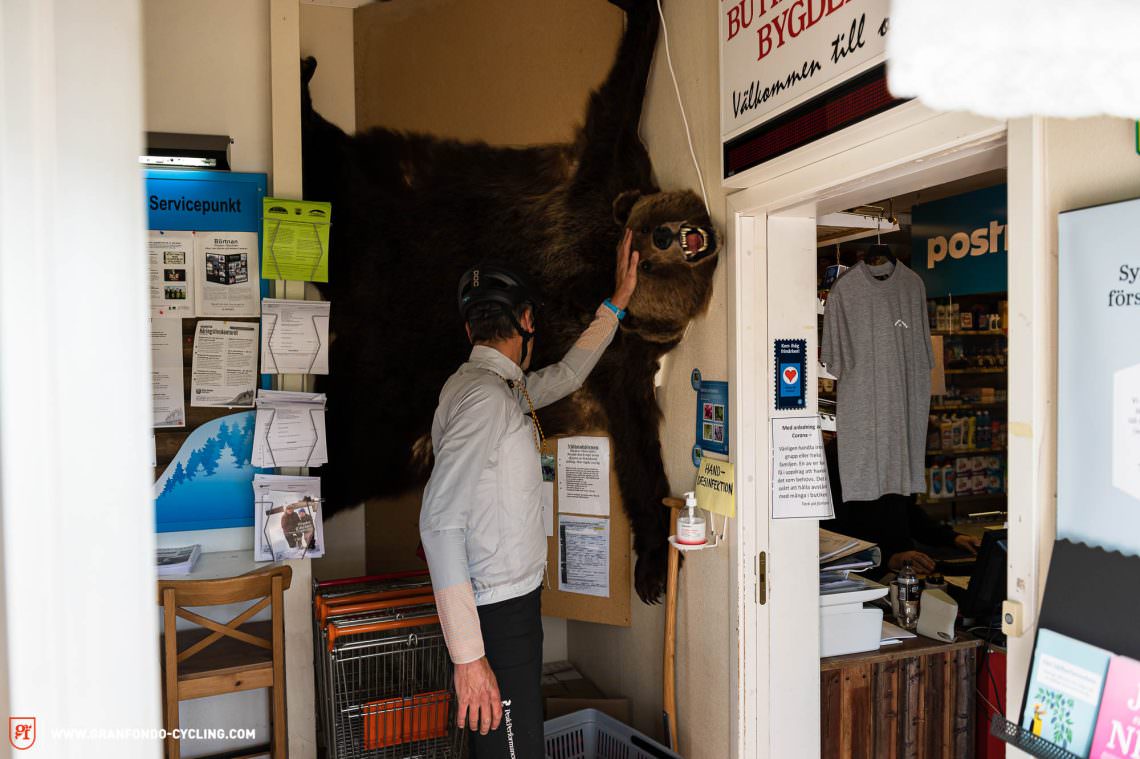
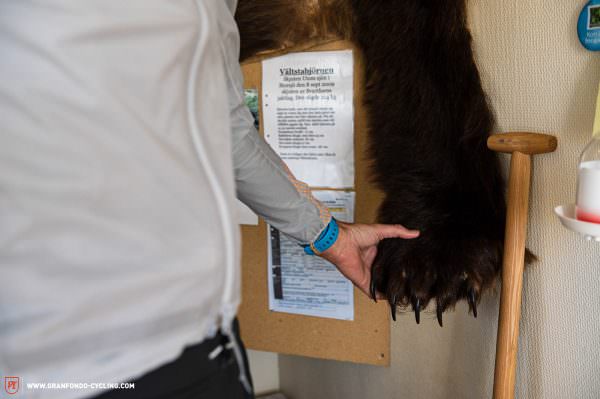
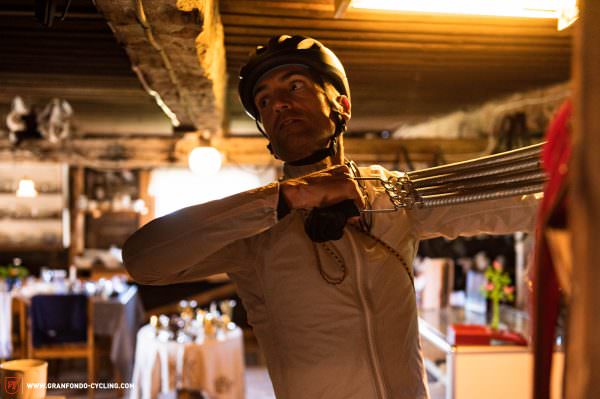
From a broader perspective, please be sure to continue showing that level of respect to the land that you’re on. Leave no trace – other than a fine tyre print. Be aware that aggressive riding on trails and riding off-trail causes damage to the land, which has already taken a battering by the harsh weather, so make sure to limit (better still, completely negate) any impact that you have on it. Right now, there’s somewhat of an anti-MTB sentiment in the area, so gravel is the holy grail.


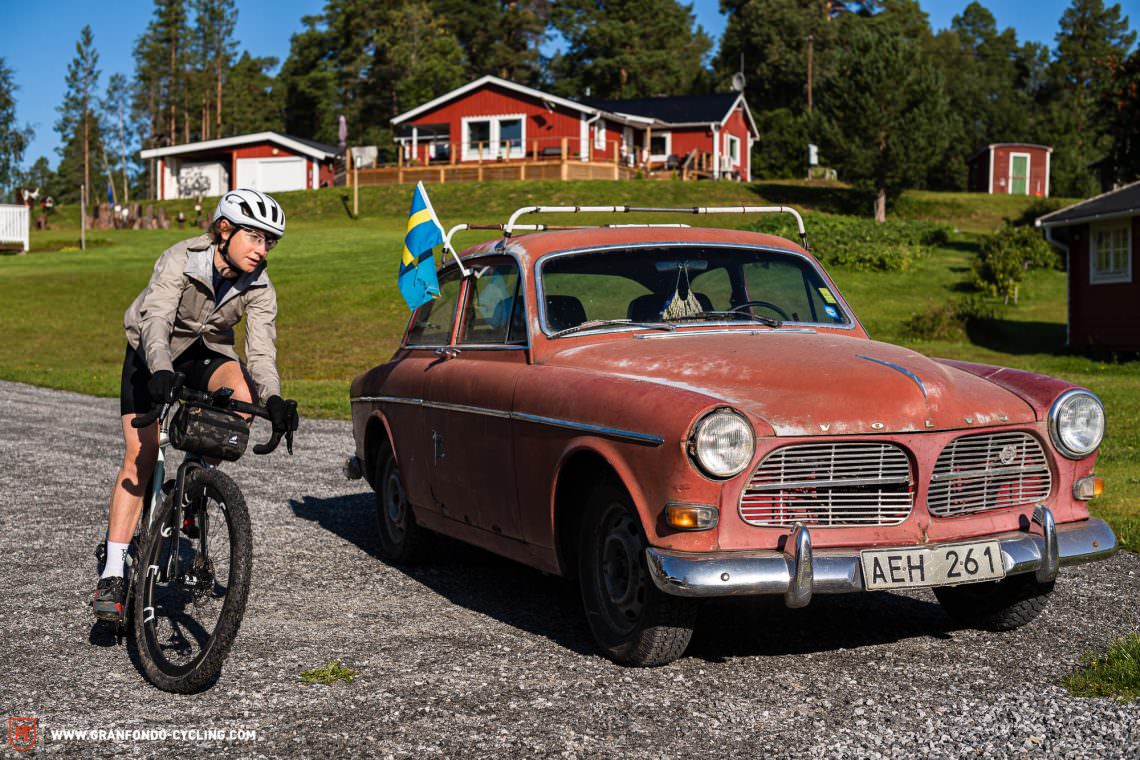
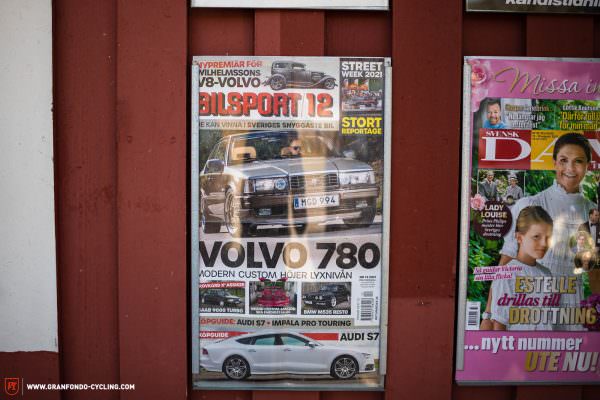

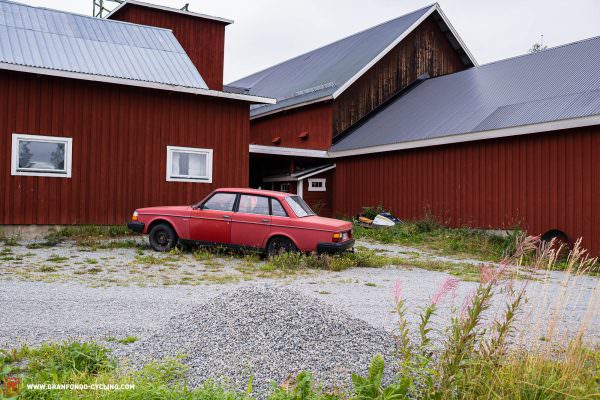
How to get there
Fly into central Jämtland (Åre Östersund airport) or take the night train from Stockholm. It is also possible to fly to Trondheim in Norway and take a train over the border.
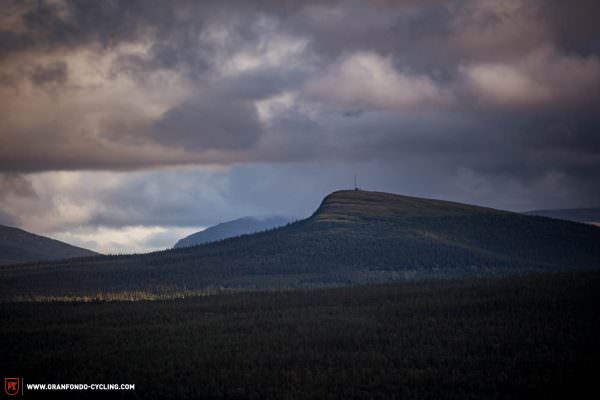
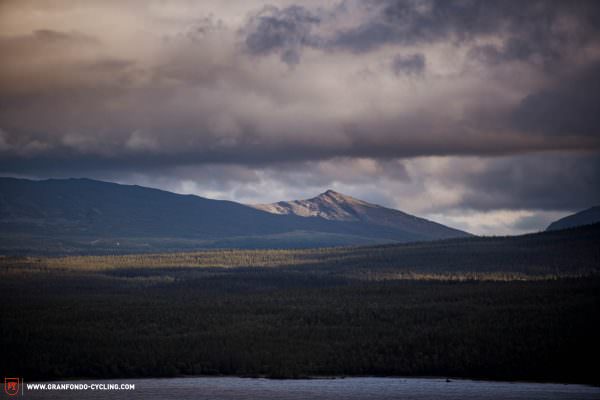
Where to stay
We based ourselves in Ottsjö, just south of the main resort of Åre. A bit more remote, it gives you immediate access to vast networks of pristine gravel, right through to some super technical hiking trails. You get that access everywhere in fact, even from Åre, but we didn’t want the crowds.
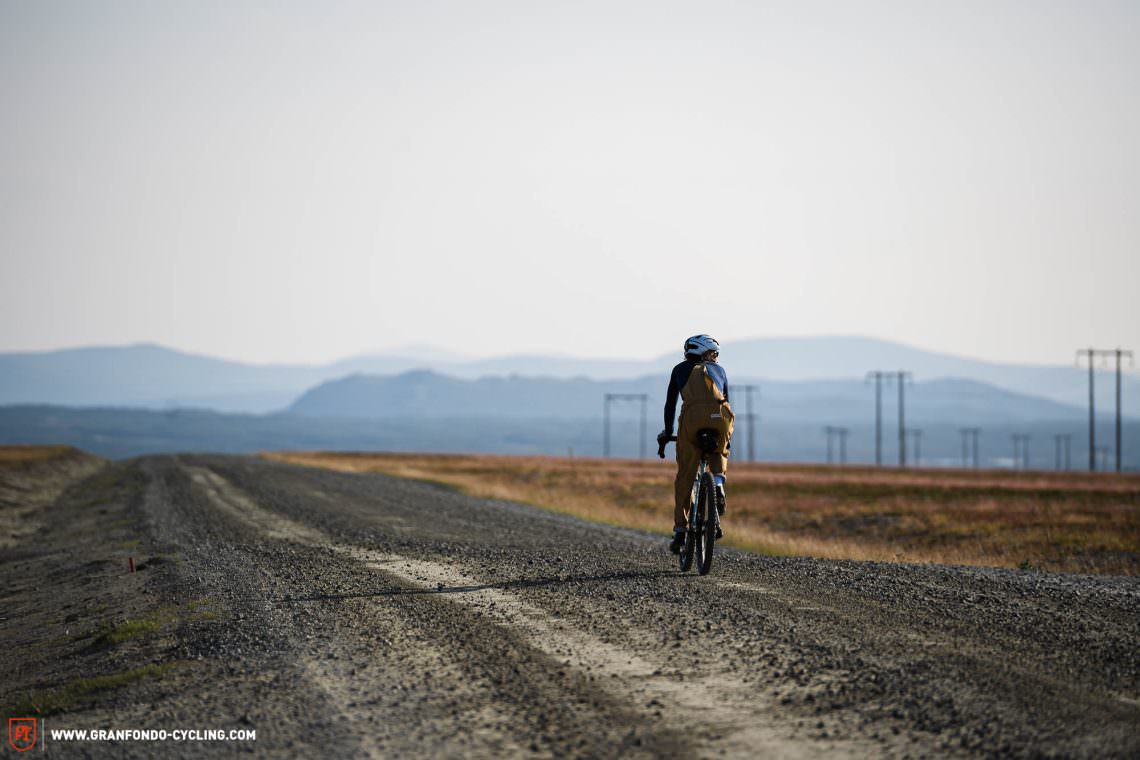
Where to ride
Options are endless and each ride is an adventure. Local staples include a lap of the Håckrenmagasinet reservoir (pristine gravel); any ride that incorporates Fröå Gruva and the gravel between there and Huså with some obligatory laps and berms galore at Björnen XC Arena; head north along the lakeside gravel towards Kolåsen before extending the route (on the eastern side) to incorporate more gravel. From Ottsjö to Bydalen you’ve got 10 spectacular Swedish miles on gravel (multiply by 10, remember?) before riding up and over the fjäll to Glen, followed by a 35 km gravel descent, leaving Jämtland for Härjedalen. The Fäbodvägen you’ll hit next is an ancient farmer’s road with pristine gravel for around 50 km and grazing cows all summer – the phenomenal cheese from Oviken Ost reflects your ride on a plate. By the time you reach the end of the Fäbodvägen, it turns briefly to tarmac before you can use your newly honed map skills to pick the most appropriate gravel to get you to Ljungdalen where Flatruëtvägen – Sweden’s highest unpaved road – starts. Is that enough for now?
What to ride
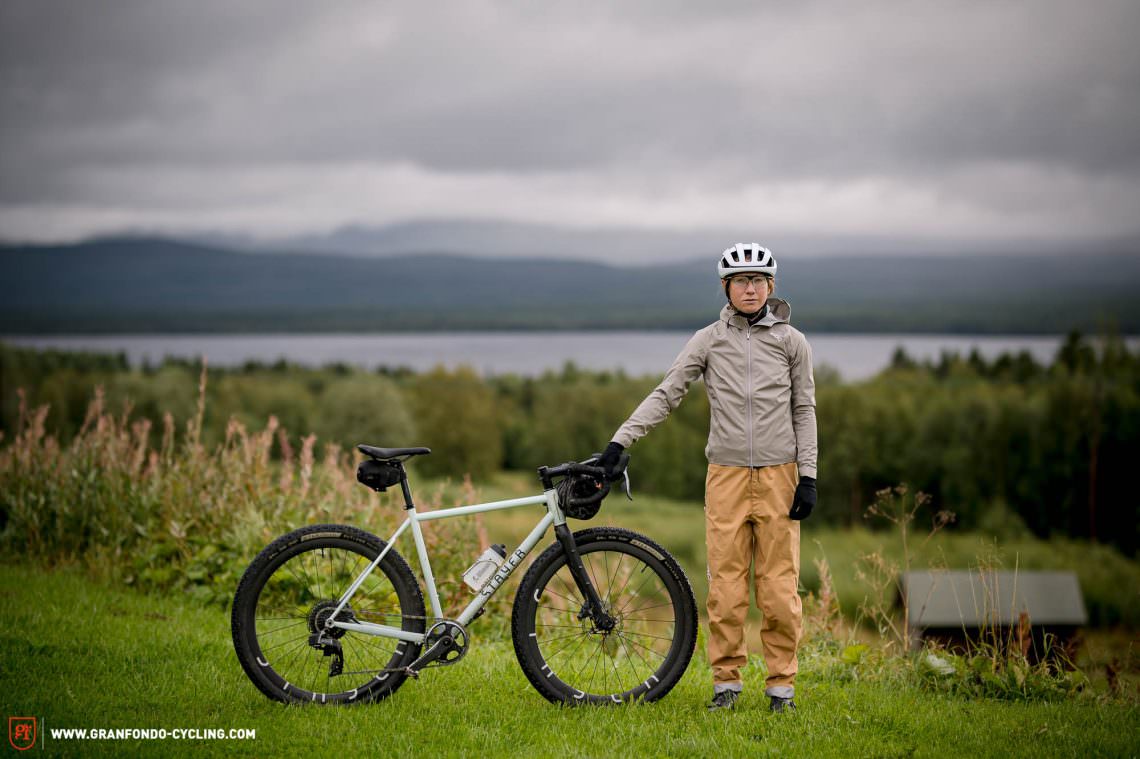
Emmie’s build
Close to the perfect set-up for this gravel adventure, the Groadinger UG with 650b hand-made adventure disc wheels is a super fast, yet ultra-capable bike for the trails. It can put down all-out speed for the surf-like waves – fast-rolling with a lovely set of wheels – yet offers the requisite compliance with the responsive steel frame for the more remote, less-groomed gravel. Do we even need to mention its capabilities for off-gravel, semi-trail? Just look at it.
- Ritchey WCS Adventure Fork
- 1 x SRAM eTap AXS groupset
- Ritchey WCS Finishing Kit
- Stayer 650b Gravel/Adventure Disc Wheelset DT350
- Teravail Rutland 2.1 tyres
- Wizard Works Lil Presto! bag
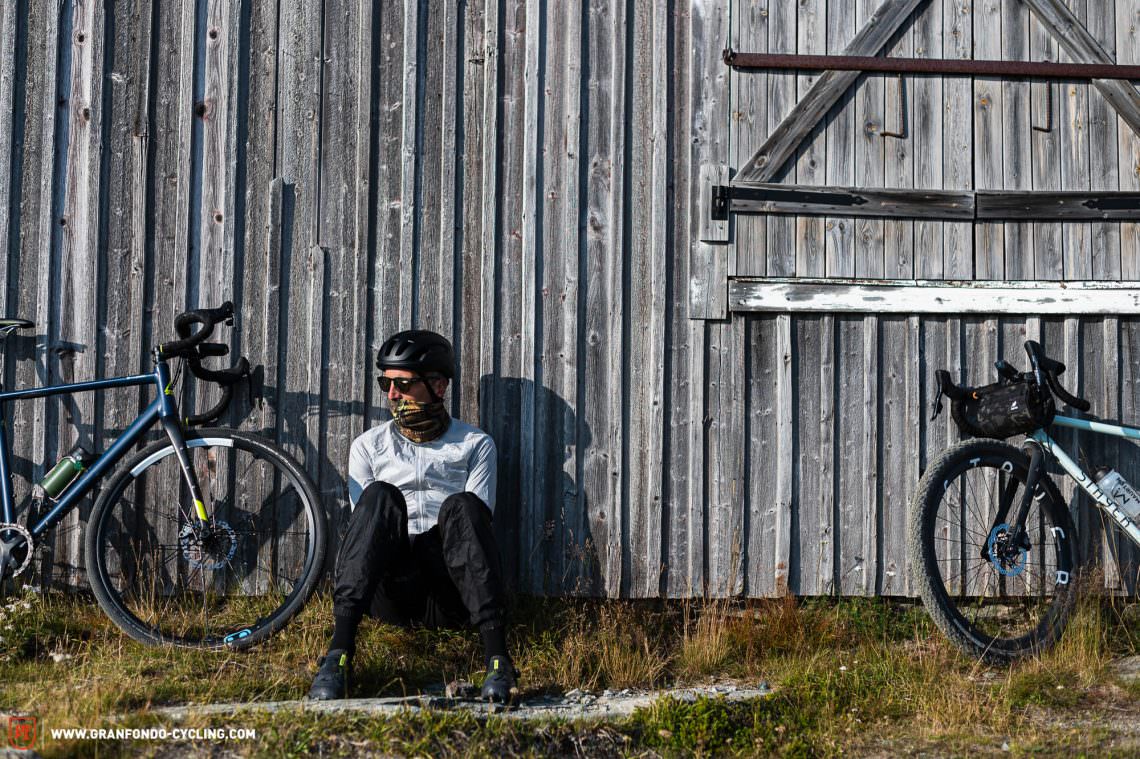
Phil’s (almost) lost in customs build
Phil’s loaner: André Jonsson’s winter training bike. A good backup, not quite the right size, certainly undertyred, able to put a smile on my face nonetheless and remind me that gravel is such a wide spectrum and sometimes you can make do when the riding is this good!
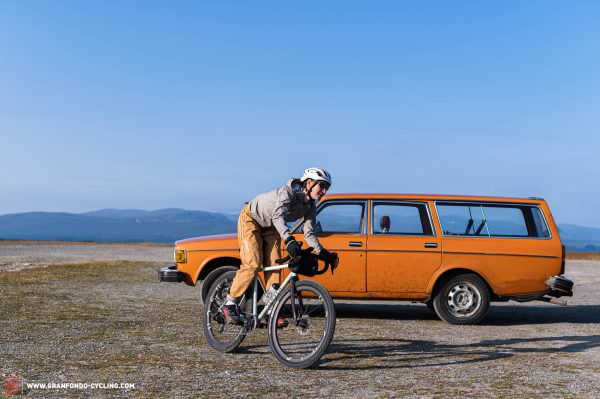

What to take
Unpredictable is the best way to describe a Swedish summer. Being caught out on a long ride with no shortcuts available is risky. Some rides saw us rocking waterproofs top-to-toe, with the POC Signal All Weather Jacket (featuring a built-in RECCO reflector) and Consort MTB Dungarees becoming our staple gravel uniform. Merino t-shirts ticked all the boxes. Make sure you’ve downloaded the Swedish Mountain Maps app – this has complete functionality without requiring a phone signal or the internet. Snacks are a necessity, especially if you’re outside of the very short summer season, as many places (outside of the obviously very popular winter season) are only open between late June until mid-late August.

Did you enjoy this article? If so, we would be stoked if you decide to support us with a monthly contribution. By becoming a supporter of GRAN FONDO, you will help secure a sustainable future for high-quality cycling journalism. Click here to learn more.
Words & Photos: Phil Gale


